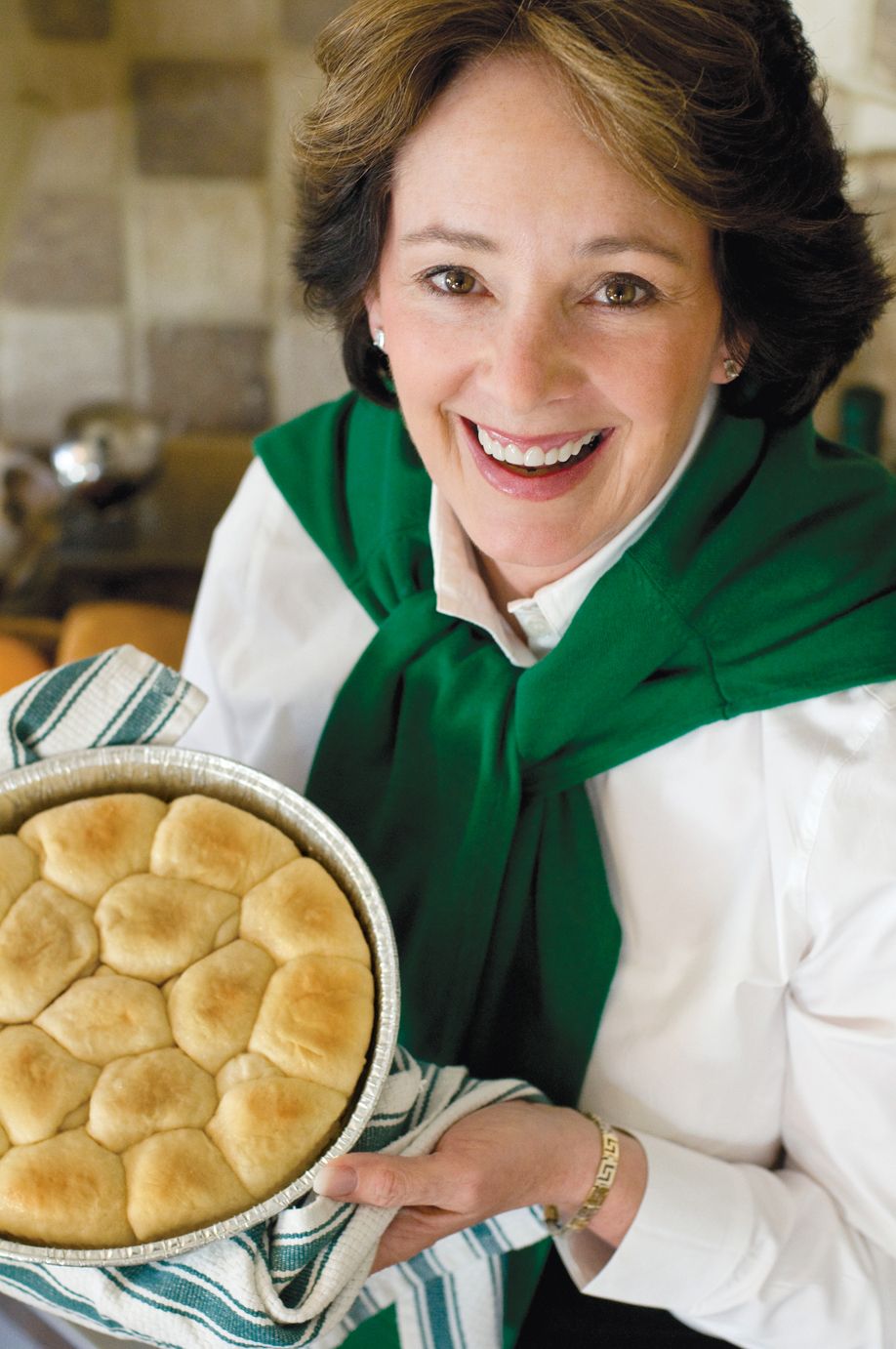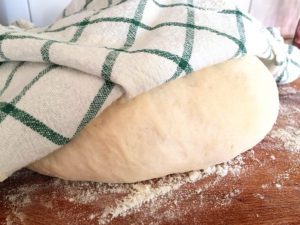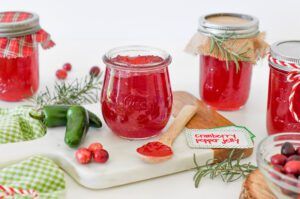On a roll: Meet the real Sister Schubert
For those who might be confused, Sister Schubert’s famous homemade rolls are not created by a nun, but a soft-spoken, bright-smiling, Southern-born gentle lady. Patricia Barnes, aka Sister Schubert, says that as long as she can remember, she loved cooking, and she started watching and learning from her grandmother as soon as “I could climb up on a high chair.”
Sister Schubert’s rolls are now found in the freezer section of supermarkets as well as on residential and restaurant dinner tables from Baton Rouge to Boston. Below, Barnes shares a few of her secrets to success.
Q: So how did Patricia Barnes become Sister Schubert?
A: In the South, a child’s name becomes “sister” if the sibling can’t pronounce the real one. But when it came to building Sister Schubert’s as a brand name, that also started when I was a girl. My Grandmother, “Gommey,” taught me the recipe for her Everlasting Rolls. She called them that because good food brings people together and creates everlasting blessings. Many years later, when I made several pans of rolls for a church fundraiser, people loved them—not only for their amazing homemade taste, but also, I think, because they recognized the connections that happen when passing the bread basket around a table. They started saying, “I want some of Sister’s Schubert’s rolls,” and at the next Christmas fundraiser I sold 300 pans! I realized I could really make a business out of my baking.
Q: How did you grow the business from the small start in your home kitchen?
A: My first “expansion” was onto my sun porch of my home! I needed more room for the largest residential double oven I could buy, along with a chest freezer my mom gave me to help store the pans of rolls. My daughters helped me distribute rolls by driving our wood-paneled station wagon to mom-and-pop stores around Troy and to bigger towns like Montgomery, Alabama, up the road. Before long, people asked larger chains to stock my products. Southern Living magazine did an article about them. And that’s when I took the leap and opened a factory in Luverne, Alabama. Today, Sister Schubert’s produces 9 million rolls per day.
Q: In this era of diet concerns and weight control, do you substitute other ingredients for butter, whole milk or eggs?
A: No substitutions—wheat flour, eggs, yeast—the same ingredients my grandmother used. And the rolls have 0 grams of trans fats. Frozen immediately, they require no preservatives and have no artificial flavors. They really taste like homemade.
Q: You once told me that a well-seasoned cast iron fry pan was one of your must-haves, and to never use a fork to turn fried chicken. Any other Sister tips?
A: Those tips are old favorites, but you can teach an, ahem, older cook new tricks! I have discovered a battery-operated pepper grinder that makes it so easy and fun to add fresh seasoning, and grapeseed oil is a new favorite, too. But my all-time favorite tips apply in or out of the kitchen. No. 1: Remember that life’s too short to drink anything but good wine. And No. 2: Always surround yourself with really good friends.
Q: What do you see for the future of family cooking?
A: There’s always a time and a season for special meals—holidays, of course! And some cooks who delight in the process—and have time—can indulge their habits and use their skills daily. But more and more, cooks are finding ways to put together fabulous dishes with a little less effort. I call those “shortcuts to special”—and my rolls qualify as one those quick and easy tricks. I would love nothing more than for people to have the joy of kneading dough and talking with family like I got to do with my Gommey. But schedules and 21st-century living don’t always allow for that. So, I think however people can put together a meal can become meaningful. It’s the company, really, that makes a meal superb.
Q: How has your success surprised you the most?
A: What’s surprised me the most is that the business success has allowed me to help others on a grander scale than I ever imagined. I used to run pans of rolls around the corner to friends to brighten their day—and still do. Then I was in a position to stock local food banks. I’m so happy that now we have the Barnes Family Foundation and the means to support international causes and needs. I was given the opportunity to visit the Abandoned Baby Center (ABC) in the Ukraine, and there I met the child that my husband, George, and I adopted. Since then, we’ve invested in building an orphanage there. I mean, that’s the kind of blessing that Gommey’s Everlasting Roll recipe has brought into my life. I am so very grateful.
Sister’s Original Parker House Rolls
Patricia Barnes began her company using this simple recipe handwritten by her grandmother.













